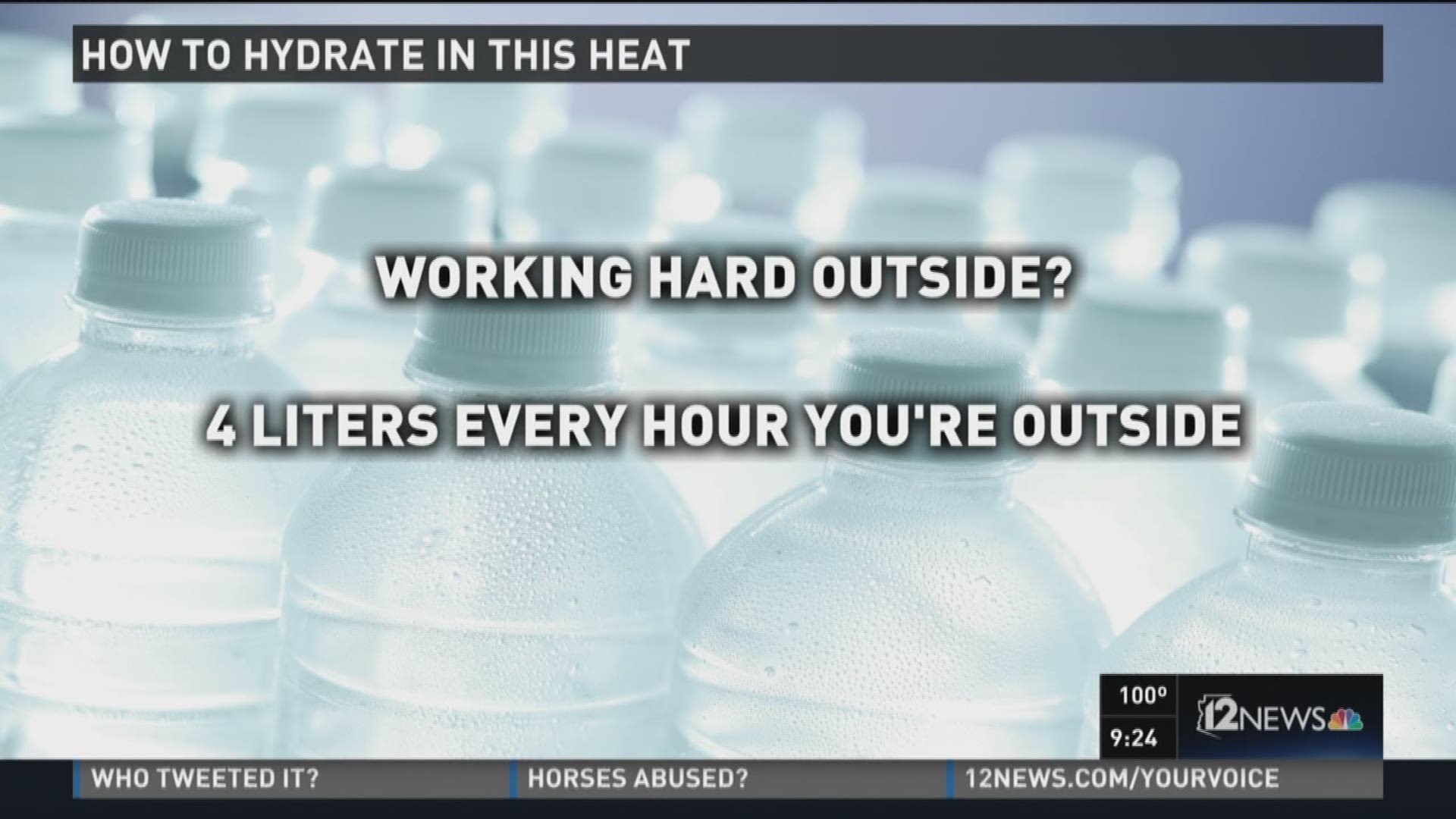PHOENIX - High heat can pose some serious health risk especially when you're active outdoors. But the criteria for determining when that heat is actually "excessive" is a little different for Phoenix where 100-plus degree temps are quite common.
If Phoenix went by the same criteria some of the other National Weather Service offices use, we could very well be under an excessive heat warning all summer long.
The National Weather Service in Phoenix has a special computer model that measures heat impact levels and the dangers they pose to Arizonans. The algorithm factors in both the forecasted high and low temperatures. The low is very important too!
If the calculation yields a number which falls in the 95th percentile -- in other words, crosses over the "extreme" threshold -- a warning will be issued.
The algorithm can look out about a week into the future. A watch may be issued at first, then later upgraded to a warning when the excessive heat is near.
For most of the rest of the country, the rule of thumb is based on high and low temperatures. If the maximum heat index temperature is expected to be 105 degrees or higher for days, and the low temperature won't drop below 75 degrees, a excessive heat warning will be issued.

